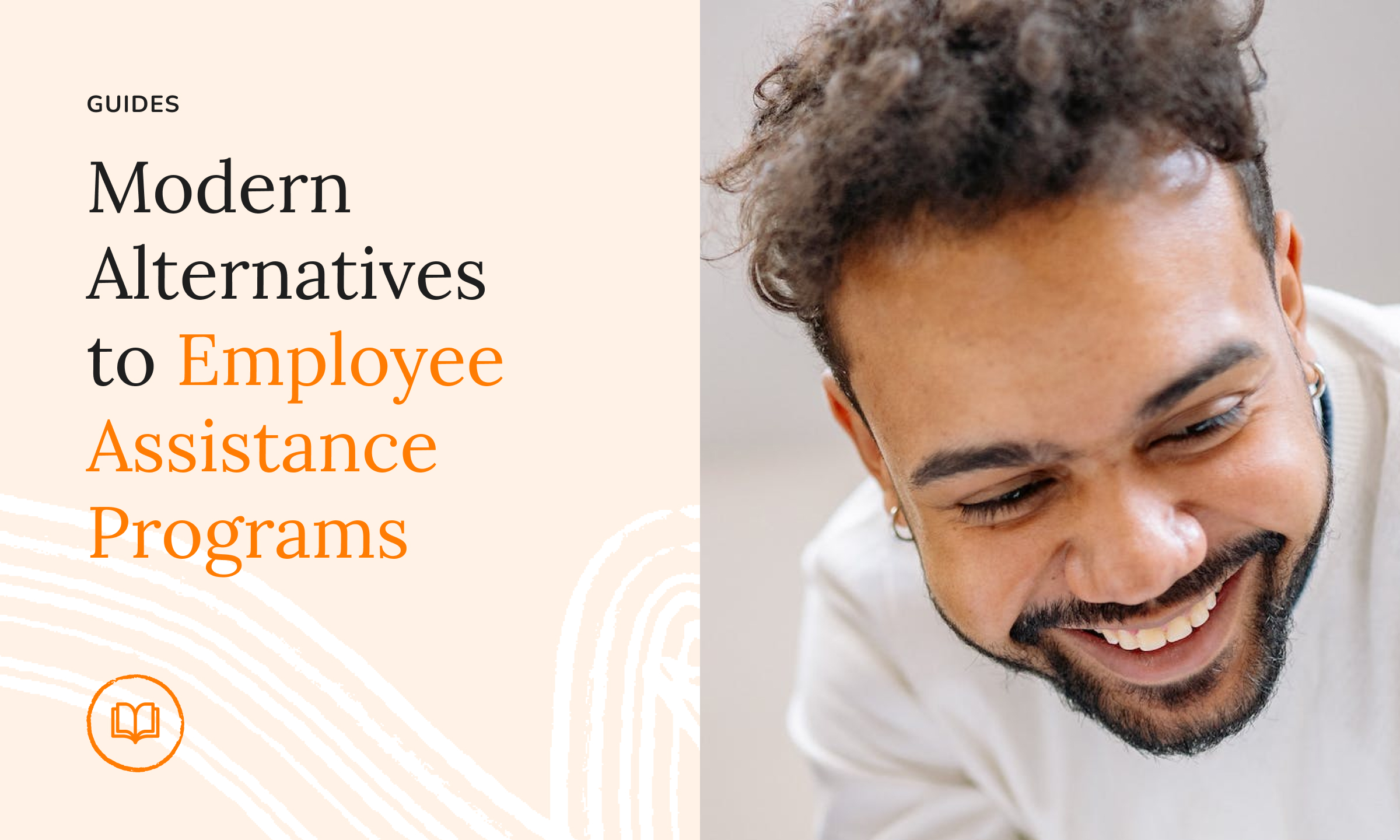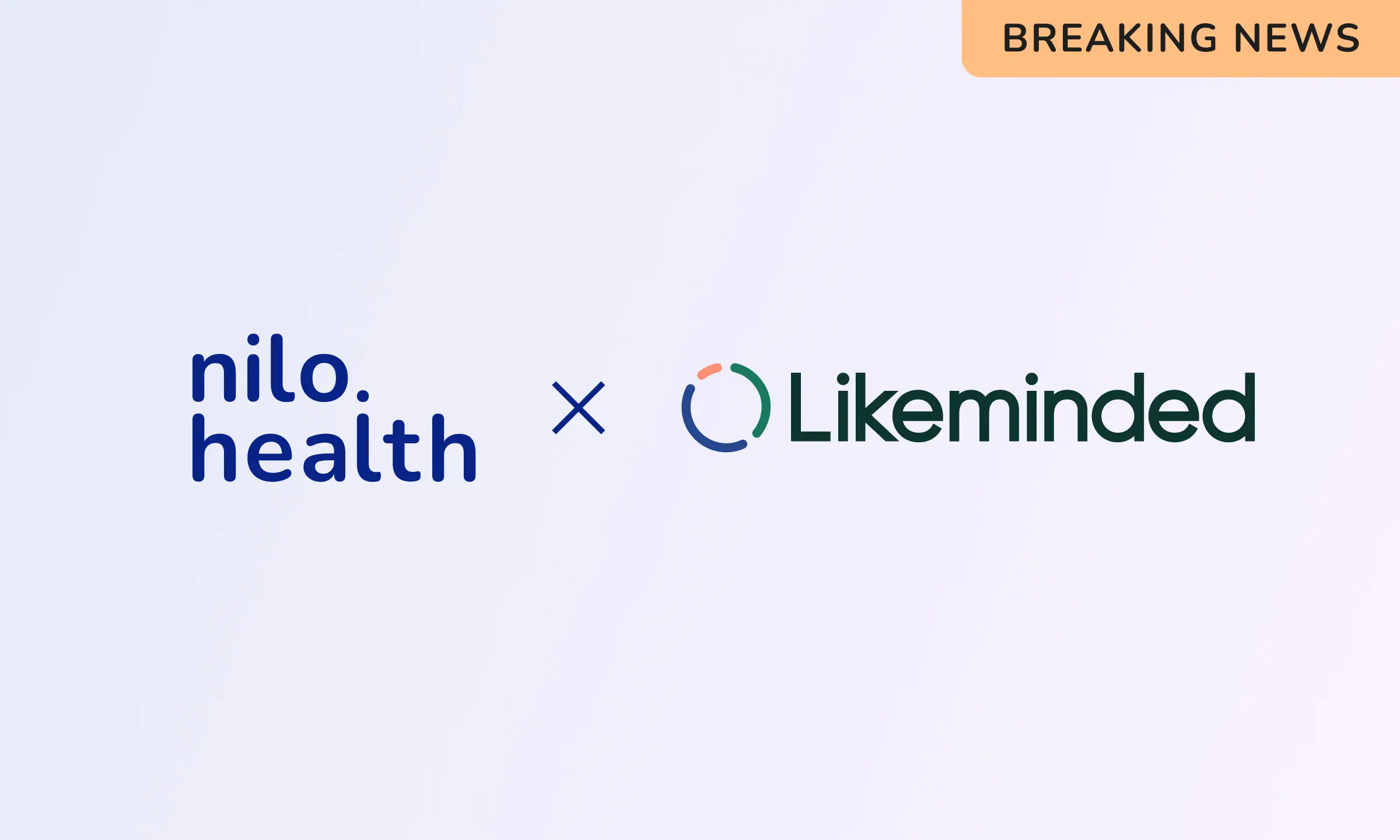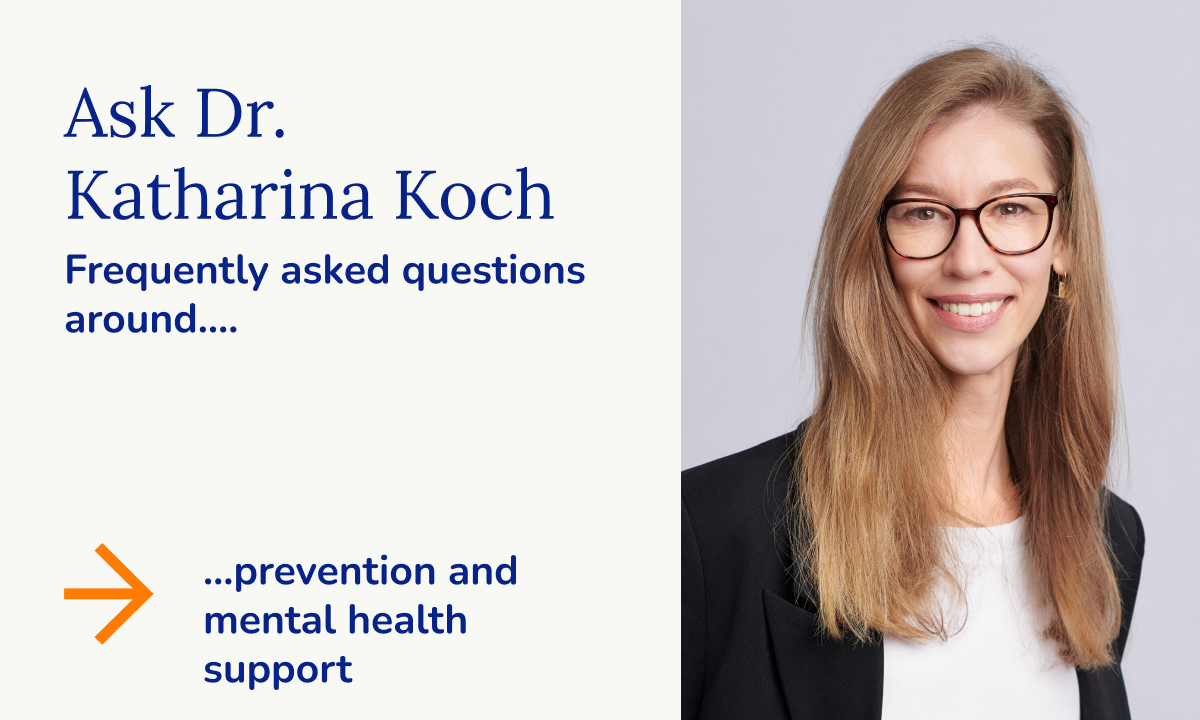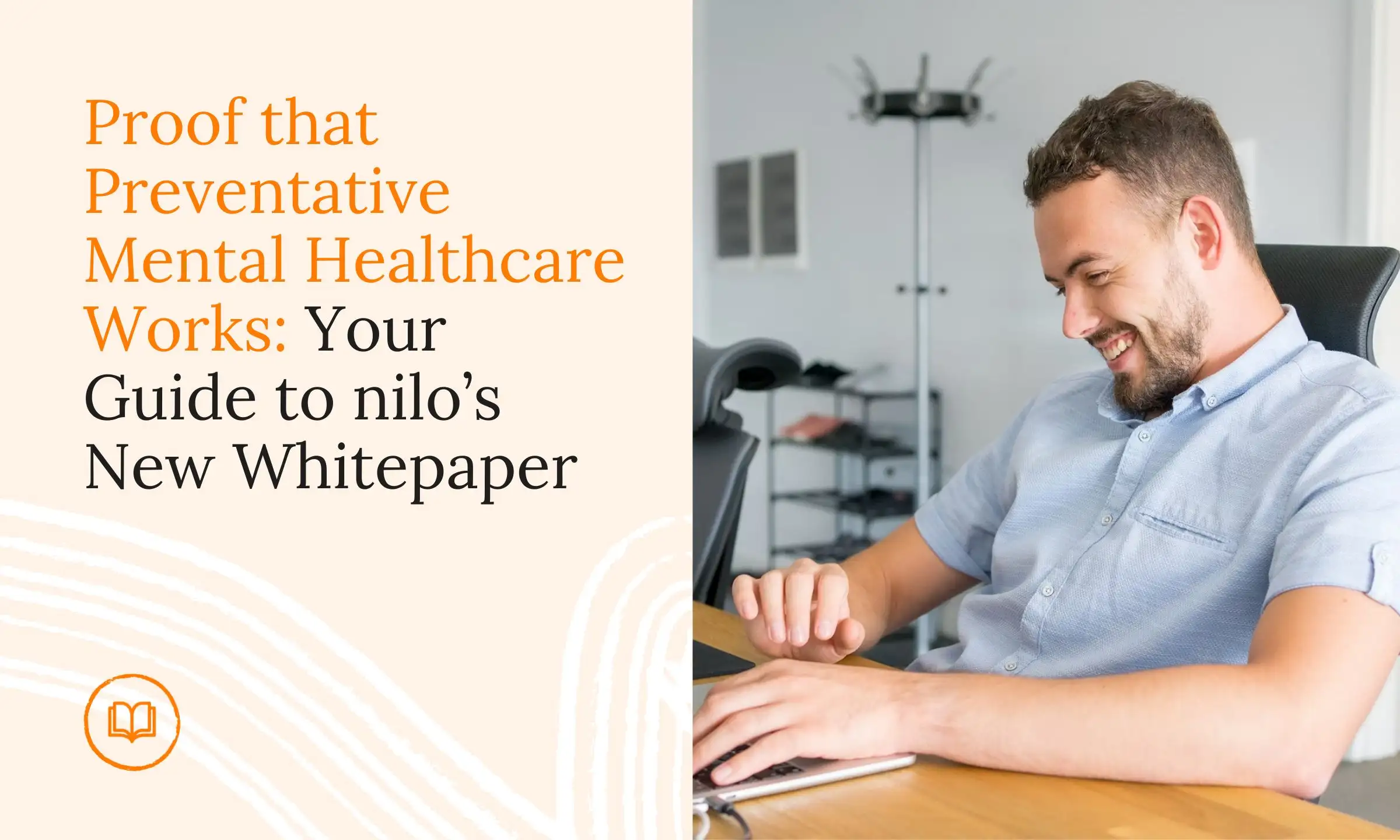Like it or not, Employee Assistance Programs are somewhat of a dinosaur. Creaking through our workplaces, they are relics of an earlier time, before offices and workspaces changed. They don’t reflect our current teams or working arrangements. And that means that for the modern office, we need modern alternatives to Employee Assistance Programs.
Don’t despair: we’ve broken down exactly what those alternatives are. Read on to find out what suits your company best!

In today’s rapidly changing work environment, employers face the challenge of providing effective and comprehensive support for their employees’ well-being. Traditional Employee Assistance Programs (EAPs) have long been the go-to solution, offering counseling and referral services. However, these programs are gradually losing popularity due to various reasons. This blog post will explore the definition of EAPs, the reasons behind their decline, their pitfalls, and the emerging modern alternatives that are reshaping the way we support employees.
What is an Employee Assistance Program?
An Employee Assistance Program (EAP) is an employer-sponsored initiative aimed at promoting employees’ mental health, emotional well-being, and work-life balance. These programs typically offer services such as counseling, referrals to external resources, and educational materials on topics like stress management, substance abuse, financial issues, and family support. EAPs have been traditionally seen as a way to address personal and work-related challenges faced by employees.
Why are EAPs losing popularity?
While EAPs have been prevalent for decades, their effectiveness and relevance have come under scrutiny in recent years. Several factors contribute to the declining popularity of traditional EAPs:
- Stigma and Confidentiality Concerns: Employees may hesitate to seek help through EAPs due to concerns about confidentiality and the potential impact on their professional reputation.
- Limited Scope and Accessibility: Traditional EAPs often focus on reactive, short-term counseling and may not address the diverse range of challenges faced by employees. Additionally, they may not be easily accessible, particularly for remote or geographically dispersed workers.
- Lack of Personalization: EAPs typically provide generalized services, which may not meet the unique needs and preferences of individual employees.
EAPs also have inherent pitfalls which limit their effectiveness:
- Lack of Integration: EAPs often operate separately from other workplace programs, leading to fragmented support systems. This disjointed approach fails to address the holistic needs of employees and may result in missed opportunities for early intervention.
- Reactive Approach: Traditional EAPs primarily focus on providing support after a crisis or problem arises, rather than proactively promoting well-being and preventing issues from escalating.
- Insufficient Employee Engagement: Many EAPs suffer from limited employee engagement and low utilization rates. This could be due to a lack of awareness, inadequate communication, or a failure to align EAP goals with broader organizational objectives.
Modern alternatives to employee assistance programs
As employers seek more effective and comprehensive approaches to support their workforce, modern alternatives to EAPs have emerged:
- Well-Being Programs: Holistic well-being initiatives encompass physical, mental, and emotional health, fostering a culture of wellness throughout the organization. These programs often include resources like mindfulness training, fitness challenges, nutrition guidance, and resilience-building activities.
- Mental Health Benefits: Expanding mental health benefits, including access to therapy, counseling, and telehealth services, helps address employees’ mental health needs directly. These benefits can be integrated into broader healthcare packages, ensuring employees have the support they need.
- Peer Support Networks: Creating peer support networks or employee resource groups allows individuals with shared experiences to connect and offer each other support. These communities can provide a sense of belonging, reduce isolation, and encourage open conversations about mental health.
- Manager Training and Support: Equipping managers with the necessary skills to recognize signs of distress, have supportive conversations, and navigate workplace challenges effectively can have a profound impact on employee well-being. Providing ongoing training and resources empowers managers to be proactive in addressing issues before they escalate.
- Technology-Based Solutions: Digital platforms and apps offer convenient and accessible avenues for employees to access mental health resources, self-help tools, and virtual support communities. These solutions can provide anonymity, personalization, and flexibility to meet employees’ diverse needs.
Does your company need all of the above?
Not sure which to choose from these modern alternatives to employee assistance programs? nilo.health offers every single option—and more.
10 times more engagement than traditional EAPs
Only 1-3% of employees use EAP services. In contrast nilo.health engages 15-30% of employees. Our personalized app supports employees’ individual needs and preferences. Immediate and effective counseling sessions are only a few clicks away.
96% of nilo.health users report strong mental health improvement
EAP data is locked down, inaccessible and inconclusive. But our numbers speak for themselves.
Comprehensive care solves issues before they build to a crisis
EAPs focus mainly on crisis support in worst case situations. But nilo.health provides mental health care across the entire spectrum: from mild and preventative action to acute support. Instead of putting out fires, we ensure nothing catches alight in the first place.
A culture of support
Along with individual assistance, nilo.health looks at the whole picture. We offer dedicated manager training and regular communication to foster a culture of support that benefits your whole company.
Ready to get started? Book your free demo today.







